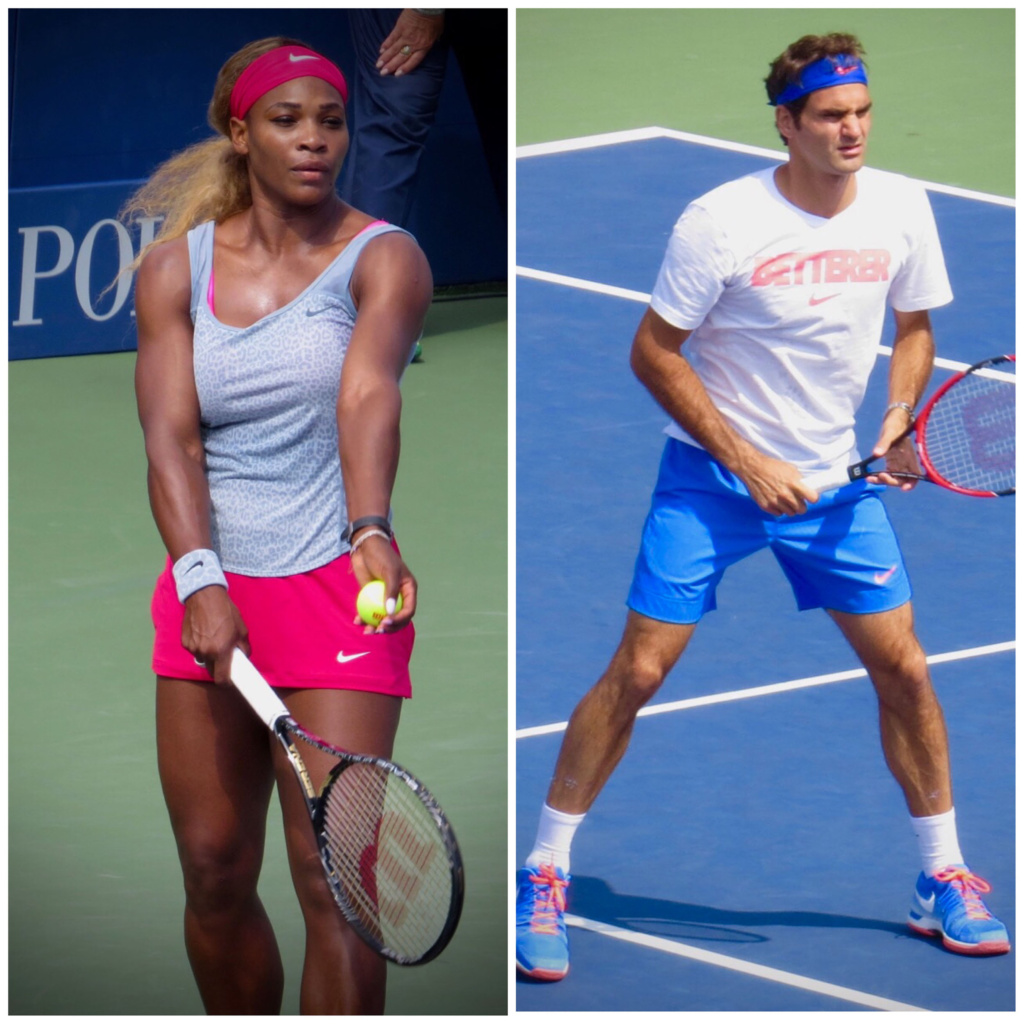
AS WE LOOK AHEAD TO THE 2020 PRO TENNIS SEASON…
the question in the minds of tennis fans and analysts alike is one that began as a whisper several years ago and has grown in volume with each passing tennis season since: Are Roger and Serena done? Though the question may be simple, the answer is a bit more complex. The answer to that question is: “It depends.”
“Depends on what?” you might ask. Well, let’s start with Serena and finish up with Roger.
Serena Williams
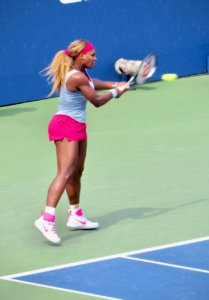
Serena has dominated her individual sport like few (if any) other athletes before: male or female, regardless of his or her individual or team sport. She captured her 23rd major in 2017 by defeating her sister Venus in the final of the Australian Open, thus eclipsing the record of 22 Ladies’ Grand Slam titles set by Steffi Graf in 1999 when she won the French Open with a three-set victory over Martina Hingis.
Since her 2017 Australian Open victory (one which she remarkably won while pregnant with her first child), Serena has been to four major finals (Wimbledon and the US Open in 2018 and 2019, respectively), but has failed to capture her 24th major victory, which would tie her with Margaret Court for the most Grand Slam victories all-time, male or female. In each of these Slam finals, Serena has not only lost to a younger opponent, but has failed to even win a set. So, to revisit the earlier question of whether or not Serena is done, I’ll be the first to say “No,” but again, it all depends on what I believe has been the reason she’s lost in each of those four finals (and here’s a hint: It has nothing to do with her age).
We all know that each player competing in a major must win six matches just to get to the final; a seventh victory secures the trophy. If you look at each of those runs up to the final match, Serena has pretty much played like… well, Serena. She has dominated her opponents with a near-unflappable focus, and a gifted ability to overcome herself to recover in both games and sets where she has trailed. Somehow though, when she gets to that final match, it seems here lately that the occasion has been a bit too big for her, which has never seemed to be an issue (even in losses), from the time she first picked up a tennis racket as a youth until a few years ago.
So for Serena to win a record-tying 24th major (and perhaps more), she is going to have to do one thing… Serena Williams is going to have to find a way to put her 23 prior major championships out of her mind, for an hour or two, and pretend that the woman on the other side of the net is her first-round opponent. Forget about the fact that a win ties her with Margaret Court; forget about the crowd of spectators—who’s pulling for her vs who’s pulling for her opponent; forget about the line judges, the chair umpire, the people sitting in her player’s box—coaches and family members alike, and simply play tennis as if someone had whispered into her ear, “Serena, you don’t belong here.”
Historically-speaking, Serena has played her absolute best tennis when she has played with a chip on her shoulder (Don’t believe me? Just look at her head-to-head match record against her arch-nemesis: Maria Sharapova—Serena has won 19 times in their last 19 meetings dating back to 2005).
So, can Serena Williams capture her 24th major in 2020? I believe that she absolutely can and will, provided she can hit the virtual reset button after reaching and winning the semi-final of whatever major she plays in this season.
Here’s the prescription for Serena in 2020:
- Shut off your mind and play every single match like it’s the first round.
- Show up at the slam with your most comfortable outfit: one that makes you feel both your most confident and most sexy (believe it or not, that seems to affect how she plays—for reference, contrast how she played in the 2019 US Open when she wore the cat suit vs the more conservative skirt and top).
- Block out the media, especially the on-court post-match interview questions that seem to attempt to cast seeds of doubt. (If necessary, study how Bill Parcells handled journalists who asked “stupid” or “irrelevant” questions.)
- Set your sights on winning 27 majors and it will make it easier to win #’s 24 and 25.
Roger Federer
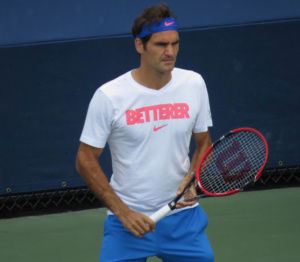
By many accounts, Roger Federer is the greatest Men’s player to ever play the game. With 20 Grand Slam victories to his credit, it is hard to argue against it (though in my own personal opinion, the guy sitting right behind him with 19 titles—Rafael Nadal—casts doubt into the minds of many. After all, Rafa does hold a 24–16 head-to-head match-win count over Roger, and has outplayed him when they’ve met on both clay and outdoor hardcourts. Roger on the other hand holds a decisive edge over Rafa on both grass and indoor courts).
Still, Roger has a timeless game that will keep him in the conversation for who might win the tournament, any tournament he’s in, for as long as he wishes to play. For more than 20 years, Federer has thrilled crowds and even his opponents with a style of play that has left both fan and competitor scratching their heads asking, “How’d he do that?” And though he has pretty much been a shoe-in for one of the two finals spots at both majors and Master’s Series events for the better part of his career, since winning Wimbledon in 2017, Roger has only managed to appear in two of eight major finals, winning a five-set victory over Marin Cilic in the 2018 Australian Open final, and losing a five-setter to Novak Djokovic in the Wimbledon final a year later.
So now I’ll go back to my earlier question: Is Roger finished winning majors? Absolutely not, in my opinion. I believe he still has both the game and more than enough gas in the tank to fight his way to the finals of any of the four Grand Slams; but if Serena’s challenge to overcome is mental, Roger’s is probably trickier, because I believe his is a matter of tactics. What do I mean?
Earlier in his career, Roger’s all-court style of play baffled quick-strike opponents of the likes of Pete Sampras (still arguably the greatest, quick-strike player to ever play the game). Roger was (and still is) incredibly light on his feet and seemed to float around the tennis court, as opposed to running and pounding the surface (a la Rafa Nadal), which by many accounts has attributed to his longevity in a major way (no pun intended). Not only could Roger take the fight to his opponent with series after series of blistering cross-court forehands and backhands, but he could also flip the script on overly aggressive opponents, quickly turning defense into offense and leaving them exposed and vulnerable in one area of the court or another.
Roger is what Muhammad Ali might have looked like had boxing’s GOAT played tennis instead of prize fighting. Over the years though, opponents (perhaps watching film of him playing against the likes of Nadal, Djokovic and even Del Potro) have seemed to close the gap when playing Fed, and have figured out ways to beat him.
In my opinion though, Roger is still, for the most part, the favorite to beat all but a few guys when he faces them on the court; but it’s those same few guys that have made getting to the final, let alone winning it, a massive mountain for him to climb at every tournament. But if Roger still has the game, what’s missing? Again, I think it’s less about the game and more about what I call, “tactics of situation.”
“So, what does he need to do to win Matt?”
Here is what I think the prescription for Roger winning at least two more slams in 2020, and solidifying his place as the G.O.A.T., should be:
- Be unpredictable. Unpredictability is what made Roger so lethal early on in his career. Is Roger gonna sit back on the baseline and move me around the court? Is he gonna chip-and-charge? Is he gonna come in behind that lethal serve? Or is he gonna rip blistering forehands from any and everywhere on the court?
- Sprint out to a big lead. Roger has historically been difficult to beat after winning the first set and nearly impossible to overcome if he gets a two-set lead.
- Get comfortable being uncomfortable. In as much as Roger has been a deal-closer when playing with a big lead for the better part of his career, we’ve also seen doubt creep in when he has to play from behind. For a player to be comfortable playing from behind in a match, they have to train their minds to relax and tell themselves, “It’s okay, I’ve been here before.” Hard as he may try to sprint out to a big lead in matches this season though, inevitably, Roger is going to find himself down in a set or match at some point. The difference this year will be in how he handles those moments. (Now, if you please, allow me to plug my “Take it to the Cards” and “Fight Off the Ropes” drills from Chapter Four of my book, “Captain’s Mate: A Practical Guide for Tennis Captains, League Players and High School Coaches.” Those two drills alone are more than enough to get any player—regardless of level or experience—comfortable with being uncomfortable in any game or set situation where they’re behind. Check it out on Amazon.com: $15.00, and in eBook on Kindle and Apple iBooks: $9.99).
So, now that I’ve given my commentary, I want to hear from you. What do you think? Will Serena Williams and Roger Federer continue to lead the pack with Grand Slam title counts this year by padding their leads with wins at the majors; or are they chasing ghosts of their past glory? What do *you* think they need to do to win? Let me know in the comments below. In the meantime, The kickoff of the 2020 Australian Open is just around the corner; enjoy the tennis!
All the Best
—MT
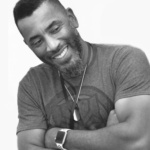 Matt D. Talford is a writer, narrator, and author of three books: “Stuck In An Elevator” – a fictitious tale of passion and self-discovery; “Captain’s Mate: A Practical Guide for Tennis Captains, League Players and High School Coaches”; and his award-winning debut title: ”From Fear to Faith: A Survivor’s Story” – a memoir about overcoming a rare form of what he calls “the C-word.” All three books are currently available in paperback at www.talfordarts.com or at Amazon; and in eBook format on Amazon Kindle and Apple iBooks. “From Fear to Faith: A Survivor’s Story” is also available in audiobook (narrated by Talford himself) at iTunes, audible.com, and at many other sites where audiobooks are sold. For information on these and other products, click the “Shop” link in the menu.
Matt D. Talford is a writer, narrator, and author of three books: “Stuck In An Elevator” – a fictitious tale of passion and self-discovery; “Captain’s Mate: A Practical Guide for Tennis Captains, League Players and High School Coaches”; and his award-winning debut title: ”From Fear to Faith: A Survivor’s Story” – a memoir about overcoming a rare form of what he calls “the C-word.” All three books are currently available in paperback at www.talfordarts.com or at Amazon; and in eBook format on Amazon Kindle and Apple iBooks. “From Fear to Faith: A Survivor’s Story” is also available in audiobook (narrated by Talford himself) at iTunes, audible.com, and at many other sites where audiobooks are sold. For information on these and other products, click the “Shop” link in the menu.
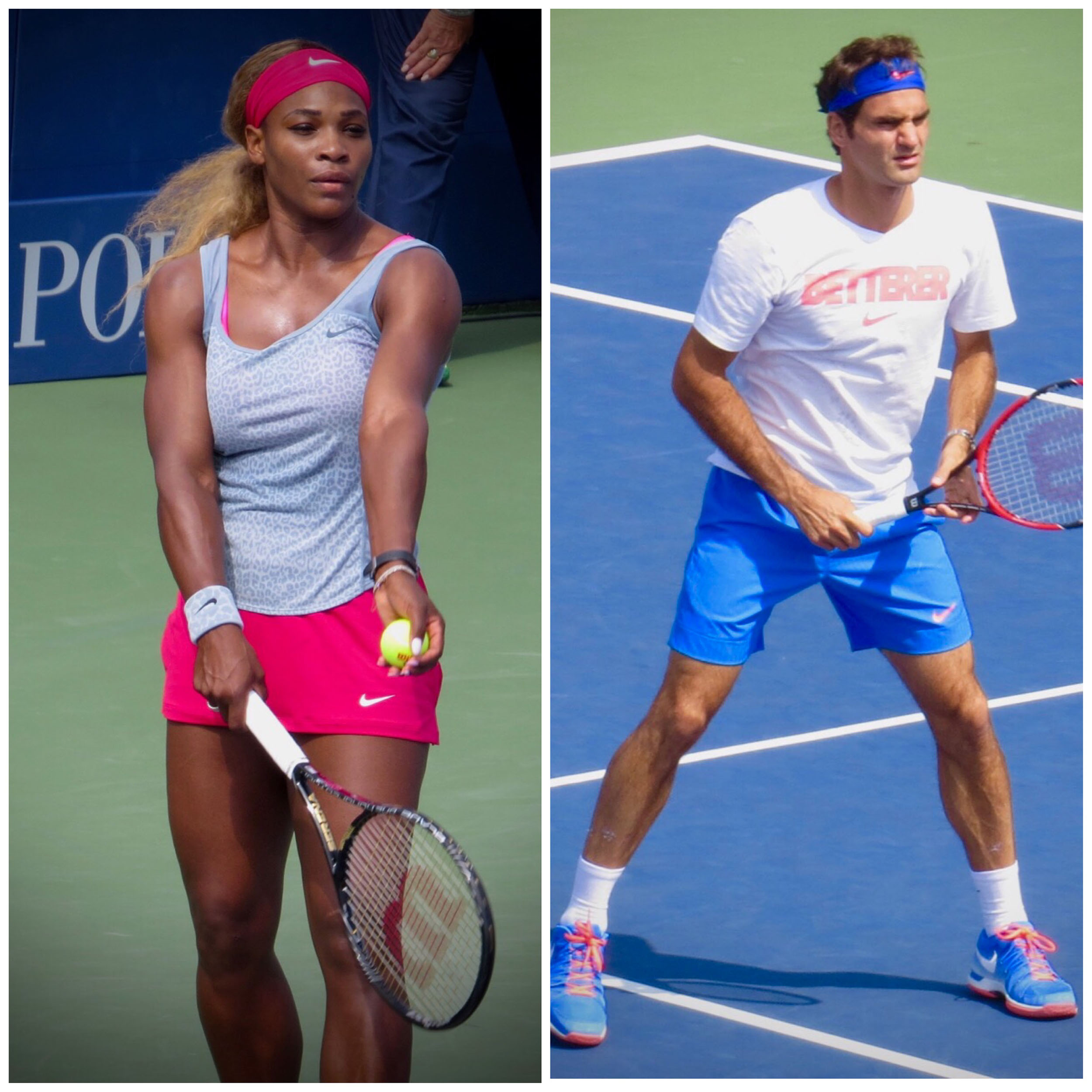

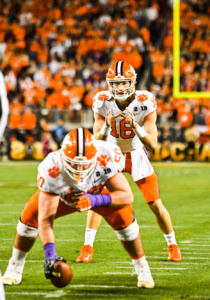

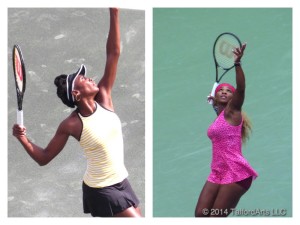


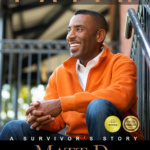


Matt, I totally agree with everything you said concerning Serena! Serena needs to remember that she is SERENA when she gets to these finals. Lately, when she has gotten to the final she plays like she doesn’t know what’s happening. I have been baffled by her losses in finals. I’m #TeamSerena forever and always and I do believe she will win a few more Slams before she calls it quits!!!
I do believe it to some strength for you to say all of the wonderful you’ve said about Federer, since Rafa is your dude! I agree that Federer should try to become more unpredictable. His game is flawless, but players have become immune to it. If he switches it up just a little, I think it would give him back some of his competitive edge! Don’t get me wrong; he’s still magical and light on his feet. Yes, her certainly can win more majors and I will be there rooting for him every step of the way! #TeamFederer forever!!!!
LOL @ your Rafa comment. You know that is my man right now! But still, if I could have any player’s game, past or present, it would be Roger’s. He’s magical. Still, I love Rafa’s fight! He reminds me of myself: dispatching opponents when he has them down and never ceasing to try to climb back into a match that he’s behind in. Same qualities I admire in Serena.